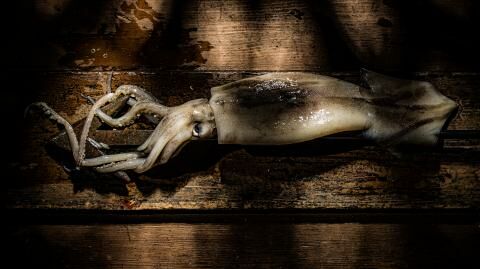The sea harbours many strange creatures many of which are still a mystery to humans. Every now and then a never-seen-before species from the depths of the sea is stumbled upon by humans. These instances help us study the plethora of creatures that are still in hiding. One such creature was observed by the scientists as it devoured a whole alligator.
Discover our latest podcast
A scavenger of the seas
But what is this animal that researchers recently discovered off the Pratas Islands, near Taiwan? According to their work, published this summer in the Journal of Natural History, it is a new species of giant isopod, or bathynome, called Bathynomus yucatanensis.
Bathynomes are giant crustaceans without a shell, similar to woodlice. Some of them, such as the Bathynomus giganteus, can easily measure around 50 centimetres.
A species that has gone unnoticed
The Bathynomus yucatanensis, on the other hand, was about 45 centimetres long. According to the researchers, these isopods act like scavengers and therefore pose no threat to humans. In 2019, a video in which giant isopods could be seen devouring an alligator corpse in 24 hours went viral. And the Bathynomus yucatanensis would be just as capable of getting rid of a reptile body that big.
Because of its similarity to its cousin, the Bathynomus giganteus, the Bathynomus yucatanensis was misidentified for many years. Both species have been found in the same locations and have a similar structure, but the Yucatanensis is thought to be significantly smaller. Analyses also showed that the two species were genetically different, even though they have a common ancestor.
This article was translated from Gentside FR.
Sources used:
Journal of Natural History- A new species of Bathynomus Milne-Edwards, 1879 (Isopoda: Cirolanidae) from the southern Gulf of Mexico with a redescription of Bathynomus jamesi Kou, Chen and Li, 2017 from off Pratas Island, Taiwan
NewYork Post- Recently discovered ‘sea bugs’ can grow up to 1.5 feet, eat entire alligator corpse
Read more:
⋙ There are bugs in your urine, here's what you should know
⋙ Viking poop helps researchers study a parasitic worm
⋙ What to know about new Covid-like virus detected in Russian bats















